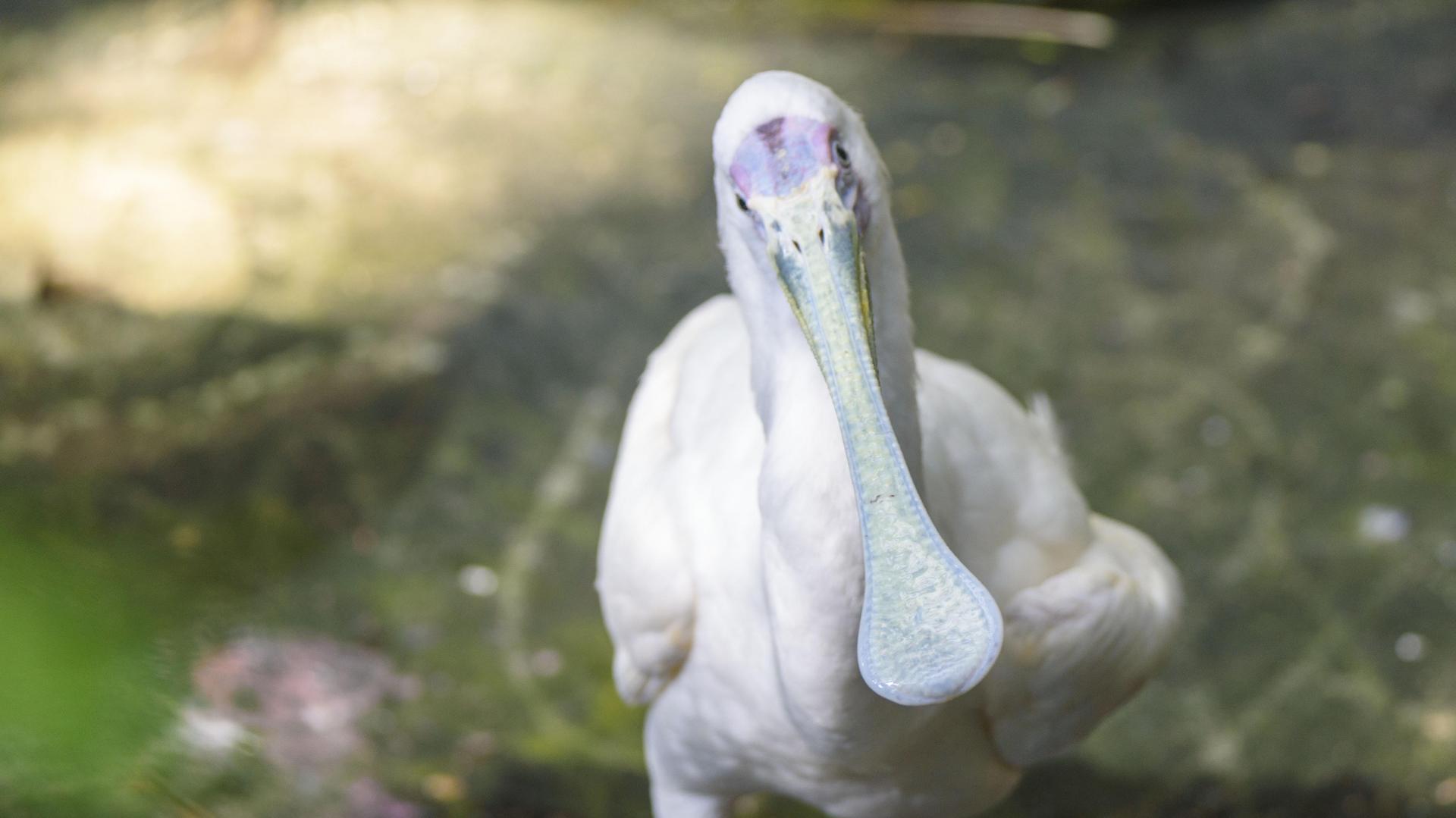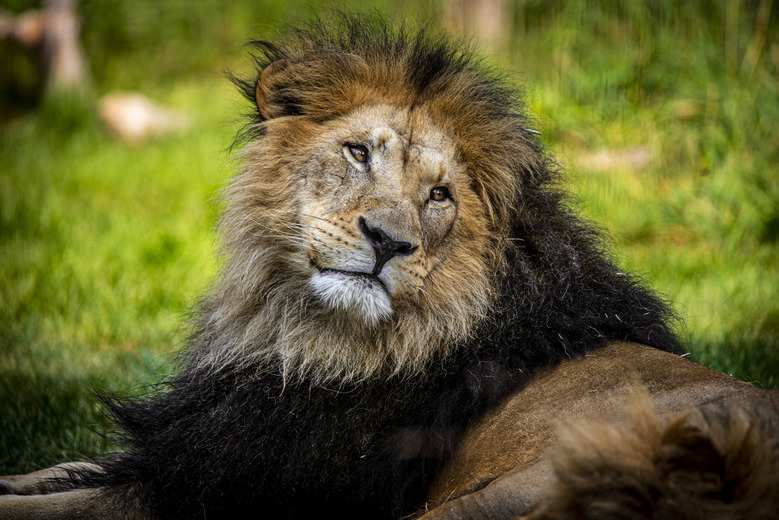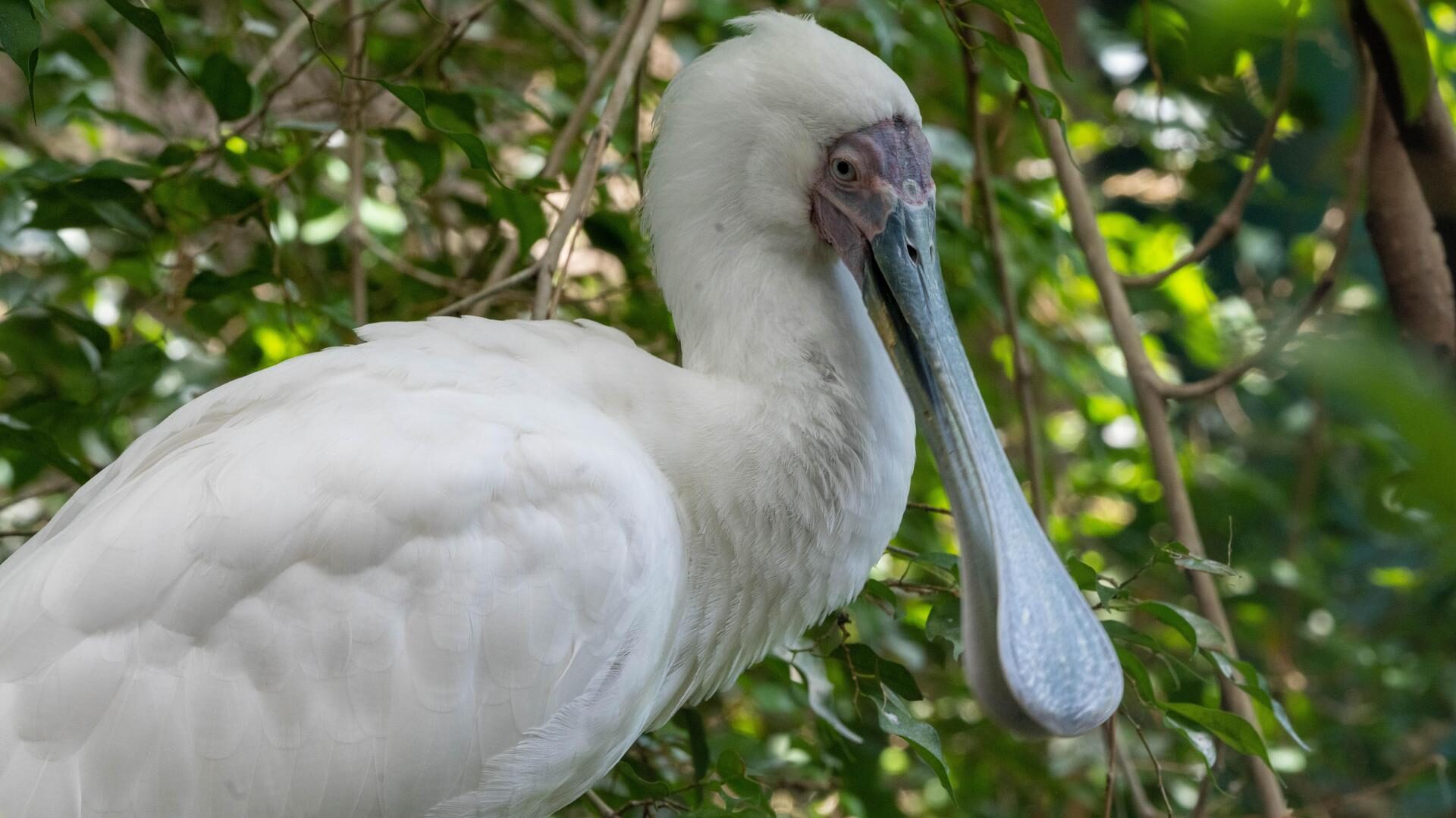
African Spoonbills
Keep stirring the water to find something to eat
True to their name, African spoonbills are known for their spoon-shaped bills, which they move back and forth through the water as they wade to snap up something tasty to eat. In addition to its spatula-like bill, this bird is also known for its long legs. Closely related to ibises and distantly to herons and flamingos, African spoonbills are sociable birds that often build their nests in the same trees as cormorants and herons.
- IUCN Red List Status: Least Concern (at relatively low risk of extinction)
- Type: Bird
- Habitat: Lakes, rivers, and marshes in sub-Saharan Africa
- Diet: Carnivore – fish, aquatic invertebrates, and insects
- Size: 90 centimetres long
- Weight: 1.3 to 2.1 kilograms
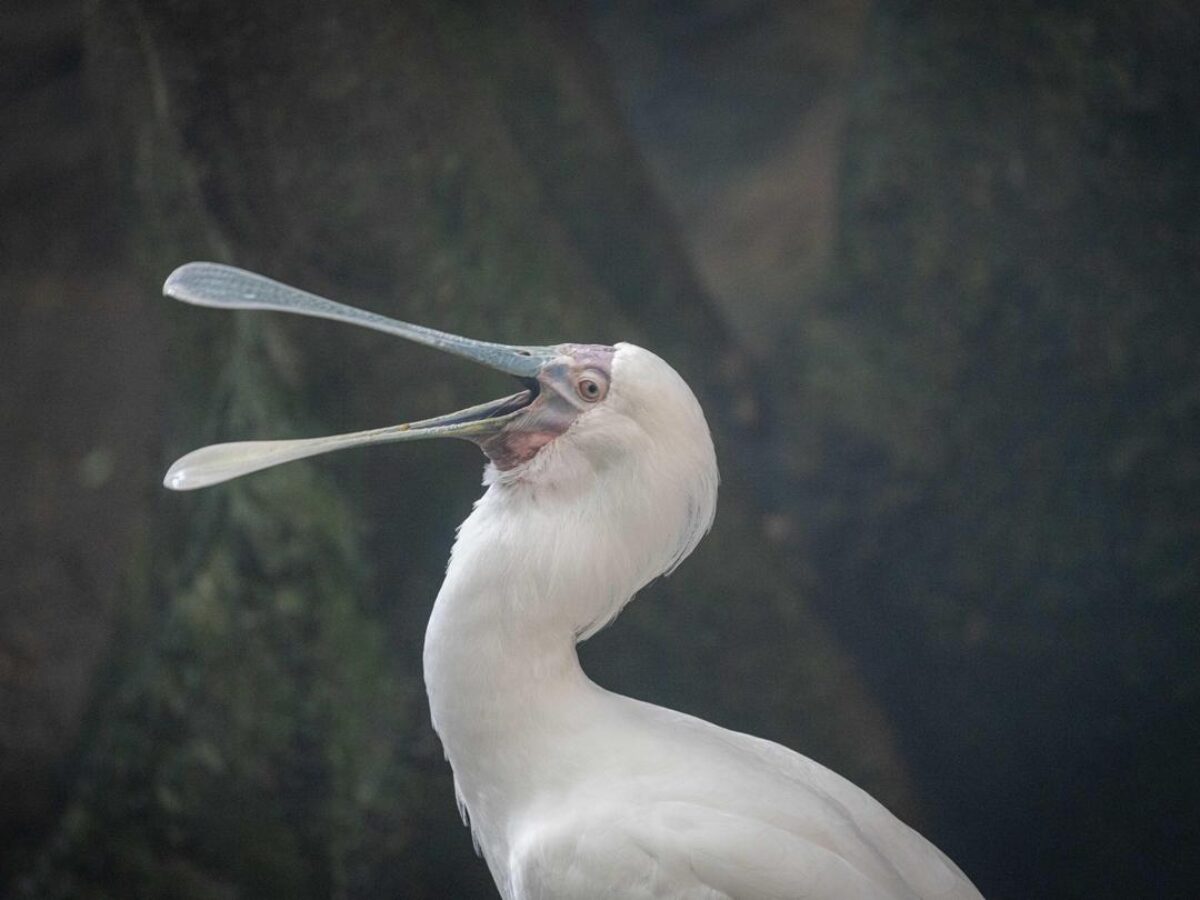
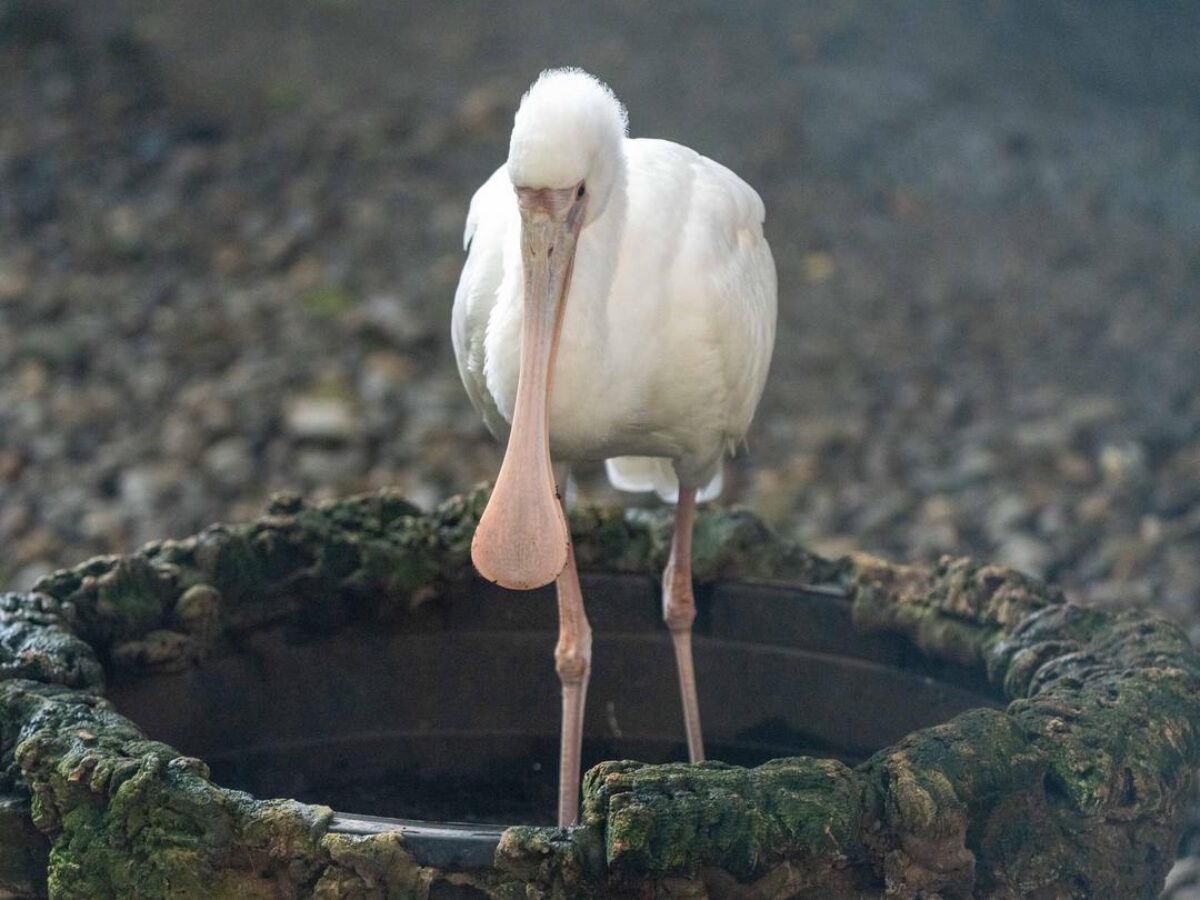
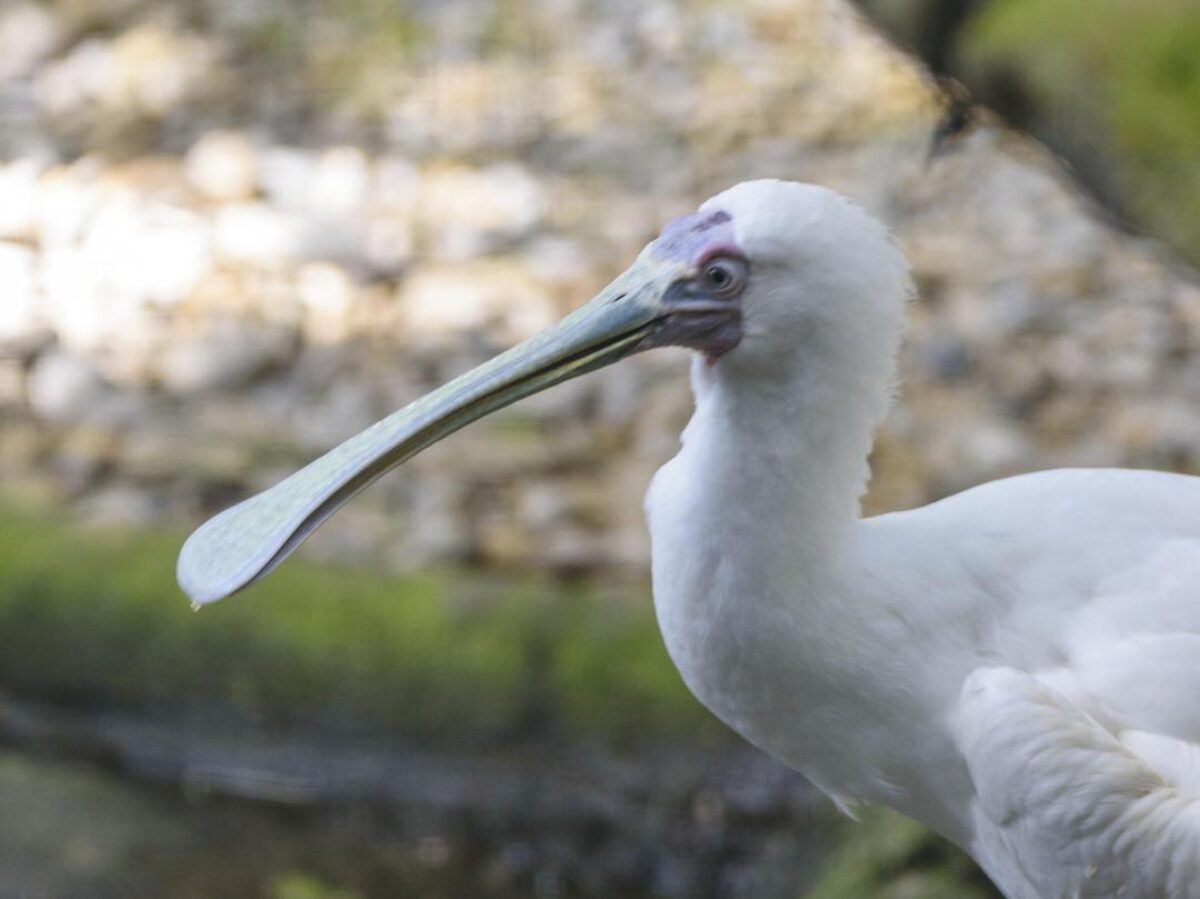
facts about our animals
Fun Facts about African Spoonbills
African spoonbills feed during the day.
Mating pairs build nests of sticks, leaves, and reeds that are oval and flat in shape, usually situated on a rocky ledge or over water in a bush or on a submerged tree.
When it hatches, an African spoonbill does not have a spoon-shaped bill, but the distinct shape develops by the time the bird leaves the nest.
This species is generally silent but will grunt when alarmed.
Chicks are fed by both parents.
Spoonbills court each other by preening each other in what is known as allo-preening.
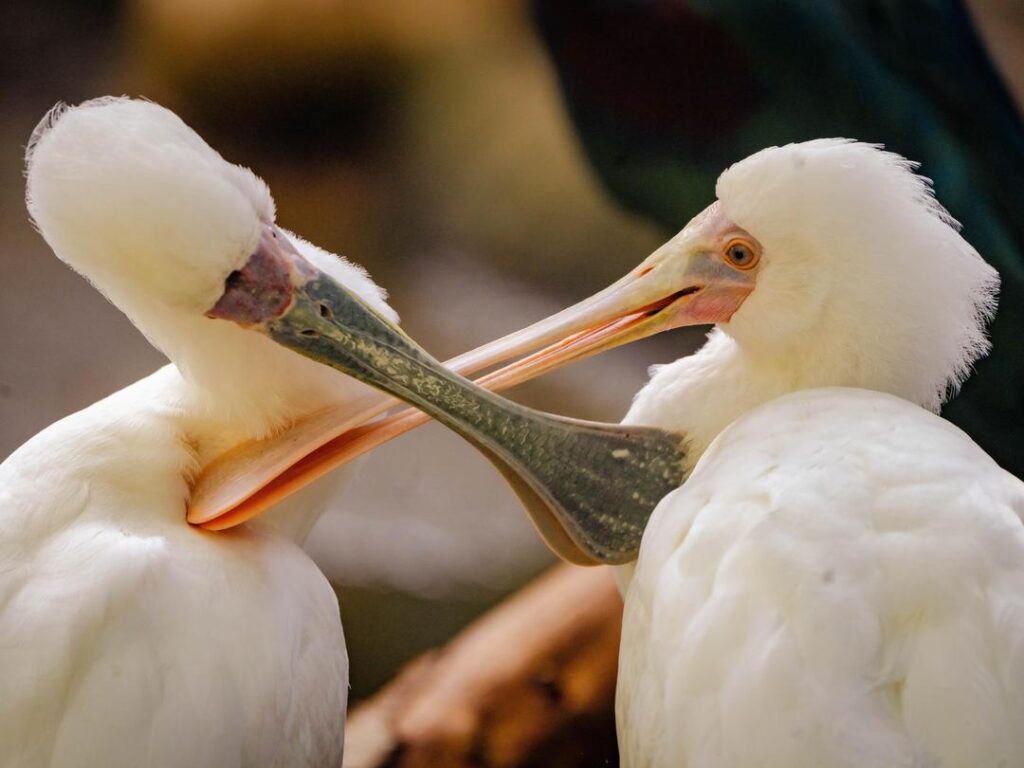
Donate
How you can help
Your donation makes a world of difference. With support for animal care, conservation programs, and education, you’re making the world wilder.
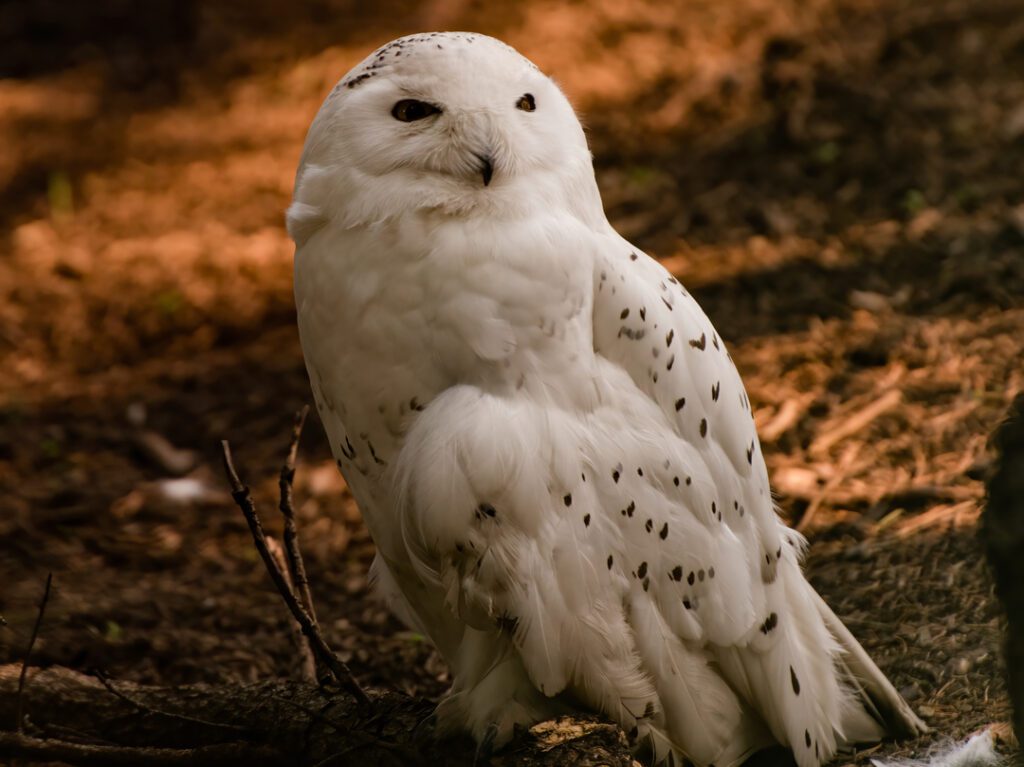
Plan Your Visit
Get close to wildlife
It’s time to make some memories. Here’s everything you need to know to plan an unforgettable day at the zoo.

